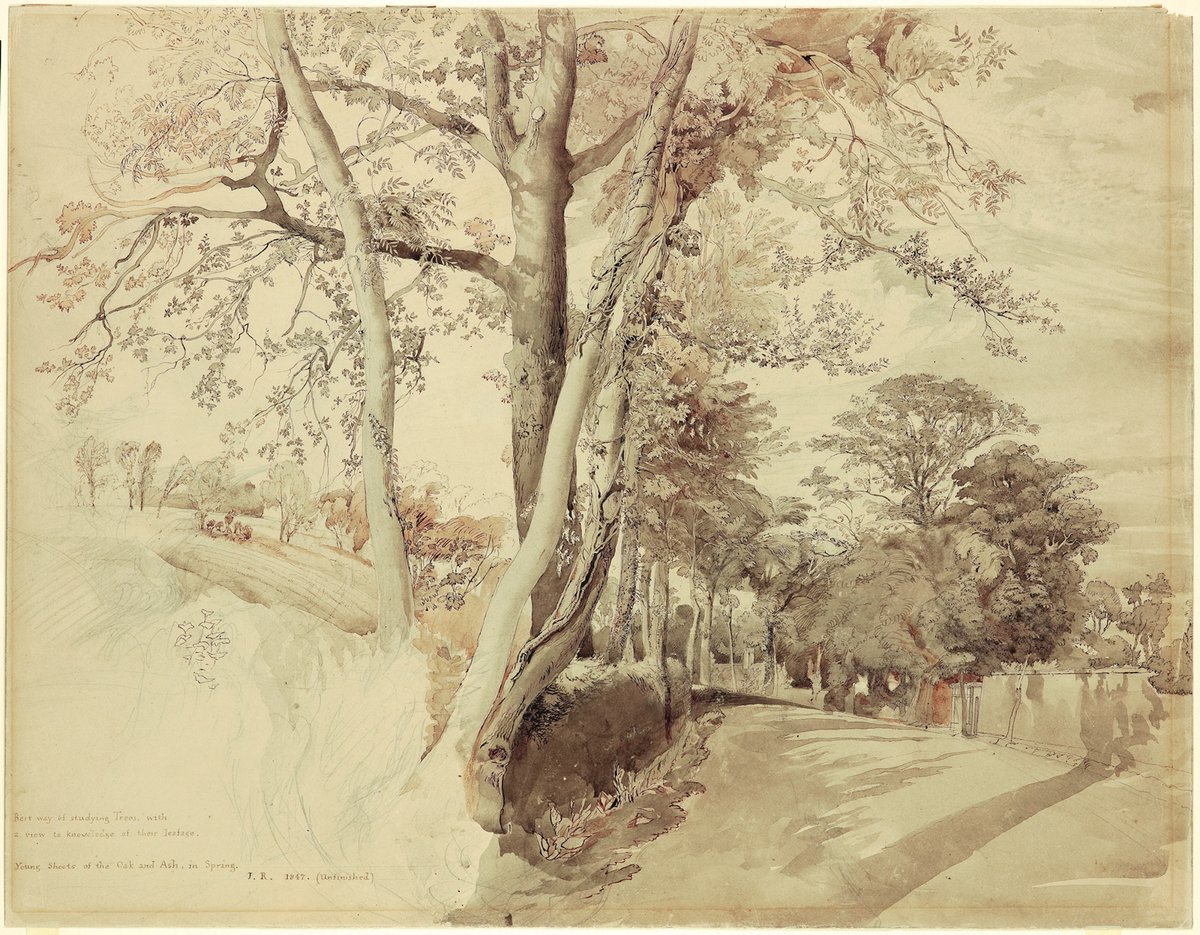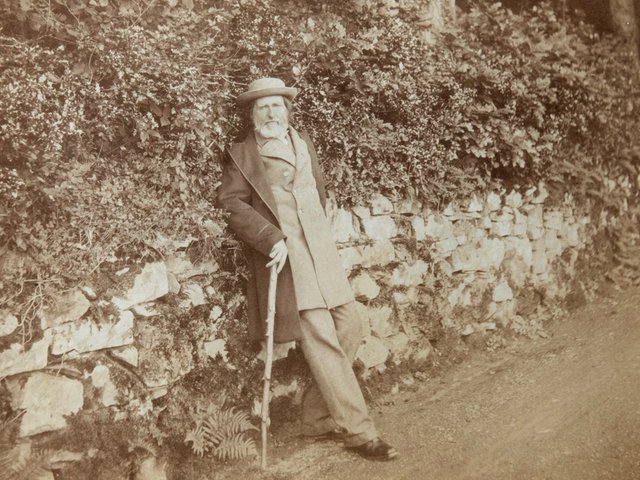Institutions are getting ready to celebrate the bicentenary of the birth of John Ruskin (1819-1900). The Victorian writer and reformer is best known for championing the work of J.M.W. Turner, the Pre-Raphaelites and the architecture of Venice. But he also had a lifelong and wide-ranging interest in science, particularly geology, ornithology and botany.
An exhibition exploring Ruskin’s fascination with science is planned for early 2019 in London’s Two Temple Place. The show will also travel to Sheffield. “Ruskin is such a polymath, [the display] could [delve into] so many areas,” says Louise Pullen, the curator of the Ruskin Collection at Museums Sheffield. “Science runs through so much of his writing that has been labelled art history,” she says, noting that his texts include close observation of nature, the sky, weather and the effects of pollution during the Industrial Revolution. As a child, Ruskin wanted to be a geologist, she adds. A well as drawing nature, he also collected mineral specimens, botanical prints and drawings.
Ruskin’s interest in recording the natural world was shared by the US artist Andrew Wyeth (1917-2009), which has inspired an exhibition called Eye on Nature that will feature art by both individuals. Organised by the Delaware Art Museum and due to open next year (10 March-27 May 2018), the show will include works such as Ruskin’s Trees in a Lane, perhaps at Ambleside (1847) and Wyeth’s Sycamore Tree (1941).
Meanwhile, in London this week, the director of the Victoria & Albert Museum (V&A), Tristram Hunt, will speak about Ruskin’s ideas about museums. The writer was also a museum founder, establishing one for the people of Sheffield, which now forms the Ruskin Collection of art, geological specimens and natural history illustrations.
• The Ruskin Foundation 2017 London Lecture at the V&A takes place on 28 September. For information, visit bit.ly/ruskin-lecture



